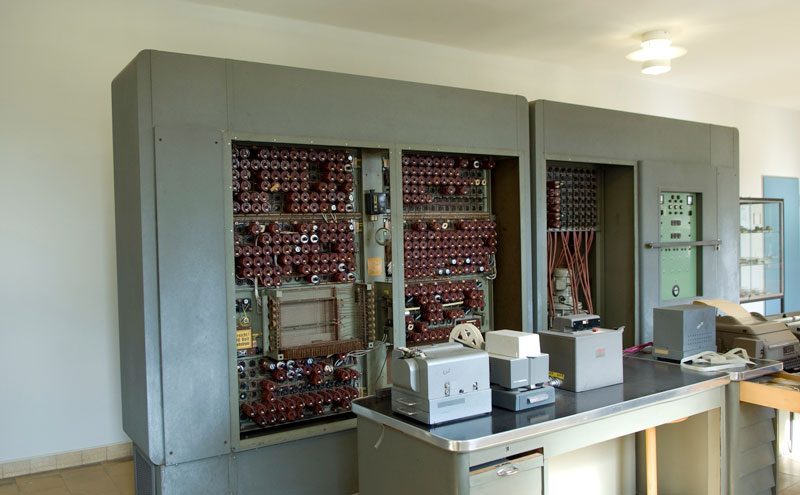Merchant website
The quality of the products offered by your website reflects the commitment of your company towards its customers.
Highlighting the products offered is not improvised; this is the subject of this article. However, let’s not forget that the most beautiful site will never replace the genuine quality of the offer, nor the necessary effort to make this offer known to the market.
The perceived quality of a merchant website is based on several factors:
- Is the general ergonomics clear, fluid, responsive?
- Is the navigation obvious ?
- Does it offer an adapted and relevant search tool?
- Are the products presented with care and in sufficient detail?
- Are the recommendations (products, etc.) relevant?
- Is the delivery time (and its potential cost) clearly visible?
- Is the management (orders, payment, deliveries, history, invoices) transparent?
- Etc.
This list is not complete, but it illustrates what we expect from an e-commerce website. The development of products is part of this overall approach: it is to seduce and put confidence in visitors.
In recent years, we have observed a consolidation of the market for e-commerce web platforms, often including hosting: Magento, PrestaShop, WooCommerce, WiziShop, Shopify, Oxatis, Ionos, Wix, SquareSpace, BigCommerce, Big Cartel, Volusion, Salesforce Commerce Cloud, Hybris… to mention just a few.
These platforms have in common the fact that they enable to quickly publish ergonomic e-commerce websites. It has become quite easy for any company to have a quality merchant website for a reasonable cost.
Does this mean that your products will be presented in an optimized way?
An example of this
Let’s take the example of a company that sells fashion clothes: the promotion of the clothes is based on good quality photos. Each photo is based on a logistic including :
- Clothes to be shot
- The models
- The settings (in-studio, outside, in 3D…)
- Photographers and equipment
- And so on.
Now let’s talk about the details: the clothing items are not all of the same size or color. Let’s take the example of a dress, available in 10 sizes and 5 colors, that is to say 50 references.
While it’s not always relevant to present every size (although it happens), each color has to be on the retailer’s website. It means bringing together 5 dresses, perhaps a few more for each size, and working on the settings: a white dress looks better in one setting, while a red dress looks better in another. The same goes for the models.
Several photos can be published for each color. Indeed, for example, 30 to 50 photos for a dress, and therefore a much higher number of shots: not all will be selected. It is easy to see that it takes much work to offer customers the chance to see the dress worn in each color or print!
The company publishes thousands of references, and each season sees the arrival of new collections and trends. What’s more, it’s not just about the images: there are extensive multilingual sales pitches, descriptions of materials and sizes, legal notices…
In short, publishing a merchant website showcasing the products on offer involves complex upstream workflows, which is true for any publication, web or otherwise. The merchant website is the tip of the iceberg.
I mentioned in my introduction that “the most beautiful site will never replace the genuine quality of the offer, nor the necessary effort to make this offer known to the market”.
More examples
We have taken as an example the staging of clothing colors in the context of fashion, but the commercial web offer concerns all sectors and all kinds of products.
One or more photos per product seem unavoidable. These can be made in-house… or come from suppliers, which it will then be useful to connect.
Staging the products and their variants is a real plus. As mentioned in the example, staging products requires real preparation work. Let’s take the example of the sale of floor tiles for terraces: should we build as many terraces as there are tile models? This is where 3D comes to the rescue with virtual sets of impressive quality.
Setting the scene by color or material or any other characteristic can be essential. To do this, you need very flexible databases that can manage adapted workflows.
Sales pitches can be multilingual and given their number, translation tools and memories quickly prove indispensable.
Depending on their family, some products display their technical characteristics, which are essential for precise searches. Technicians know this, and they allow certain sites to offer precise and relevant searches, thus saving precious time.
Videos allow you to see the products in action. They sometimes come from suppliers or are made for the site. As well as the scalarization of the photos, it is a whole production chain, with great added value.
Assembly sheets and CAD files are sometimes required. For all design offices that work only with CAD.
And what about the links: recommended alternatives, other customers’ choices, correspondence, suggested accessories, indications and contraindications, reference tables, etc. And this list is far from being exhaustive!
As we said, the merchant website is the tip of the iceberg.
Tools
In order to understand the “tools” involved in the quality of the product presentation, I propose to examine an image process adapted to the example of the dress, starting from the moment when the dress is registered in the form of a brief description and a product code with as many references as colors and sizes and all that is necessary to manage it: suppliers, stock positions, purchase and sale prices, etc.
From this moment on, we know that there will be shots to manage depending on the publication strategy and/or the nature of the product. In the case of the dress, we know that the target is N worn photos classified by color.
Is there a PIM that can be used to determine the actions to be taken by color for the dress, or on other aspects depending on the nature of the products?
Ideally, this step starts the “shooting order” process: stocks needed for shooting, coordination with the studio or dedicated teams, etc. These orders are grouped together and then dispatched to the people involved, who return the stocks and their work in the form of a shoot to be selected: a folder of images by product and color, in the example of the dress.
This feedback triggers other steps, including the selection of images for a given publication: the same images may not be published on French and Italian websites, or in a printed catalog. Retouching or framing may be necessary after the selections.
As you can imagine, managing these flows requires well-mastered processes and a flexible software solution to adapt to the company and the nature of the products.
Once described, the dress can start to be sold even if all the images are not yet present. In fact, it is sometimes useful to start publishing as soon as the completion rate of the files allows it, for example depending on the stock entries. In practice, records continue to evolve after they have been exposed, both to be completed and to take into account the behavior of Internet users. It can be useful to correlate actions and descriptions, to retain only those that work best.
We have used a simple example here. In the real world, publishing processes are more complex than that, and not all of them are as integrated in terms of workflows. Think of the steps related to legal notices, translation, and validation of multilingual sales pitches, etc.
Simple Workspace
Through an example, we have illustrated what constitutes the upstream work of publications.
J2S Simple Workspace is an extremely flexible solution, which really addresses the points described in this article.
Would you like to know more, or require a live demonstration?
Contact us : we will be happy to share our experience.
D. Lantier
Business Developer











